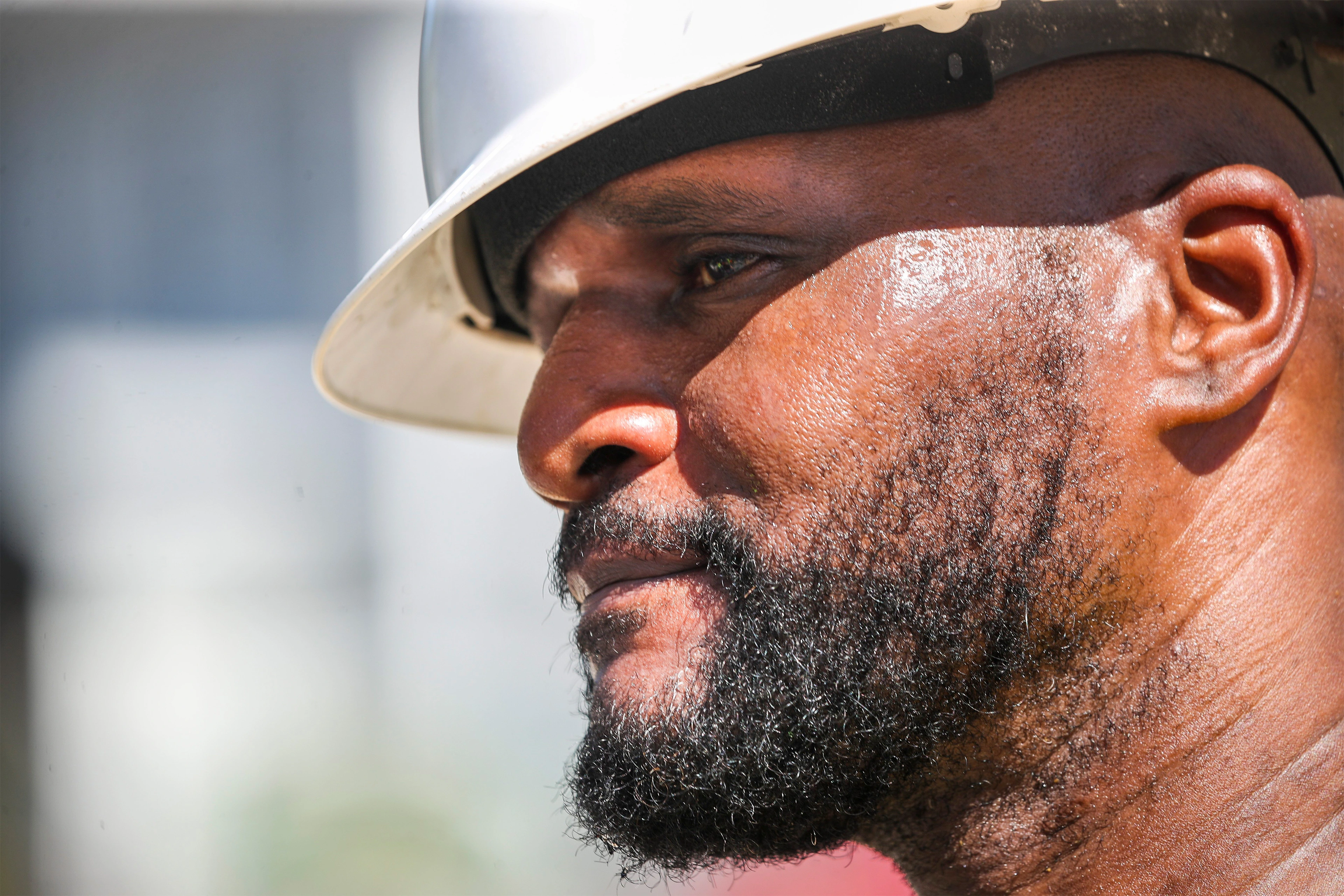- cross-posted to:
- [email protected]
- cross-posted to:
- [email protected]
Neighborhoods with more trees and green space stay cooler, while those coated with layers of asphalt swelter. Lower-income neighborhoods tend to be hottest, a city report found, and they have the least tree canopy.
The same is true in cities across the country, where poor and minority neighborhoods disproportionately suffer the consequences of rising temperatures. Research shows the temperatures in a single city, from Portland, Oregon, to Baltimore, can vary by up to 20 degrees. For a resident in a leafy suburb, a steamy summer day may feel uncomfortable. But for their friend a few neighborhoods over, it’s more than uncomfortable — it’s dangerous.



One of the biggest shocks moving from the midwest to Los Angeles wasn’t the palm trees, it was that there were so few shade trees.
Sure, there were some shady neighborhoods, and there was the very shady Griffith park, but overall, almost no shade. It was nuts.
Gotta make life tough on those homeless.people. /s